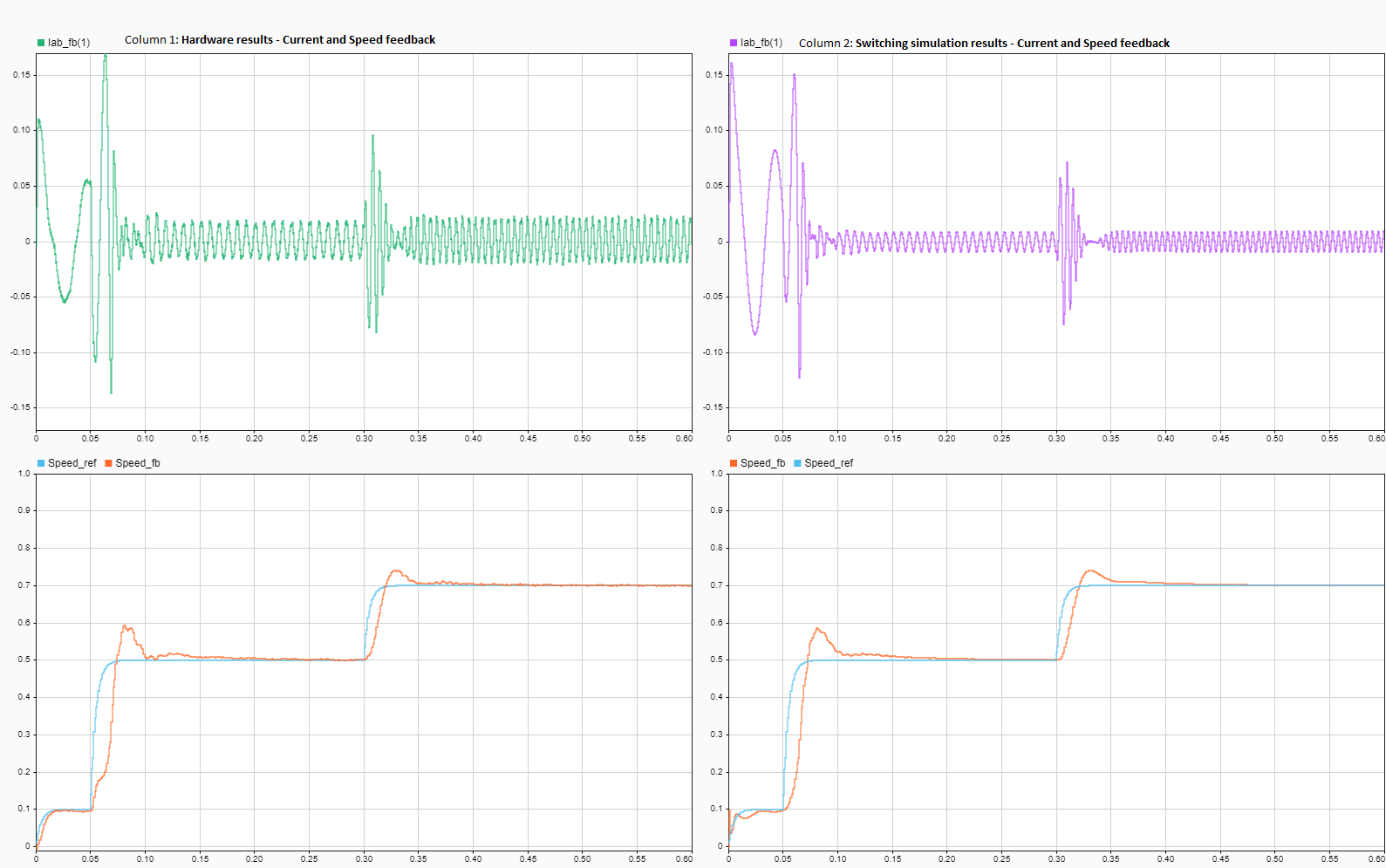ADC Interface
Convert analog signal on ADC input pin to digital signal
Libraries:
SoC Blockset /
Peripherals
C2000 Microcontroller Blockset /
Test Bench Blocks
Embedded Coder Support Package for Infineon AURIX TC3x Microcontrollers /
Test Bench Blocks
Embedded Coder Support Package for Infineon AURIX TC4x Microcontrollers /
Test Bench Blocks
Description
The ADC Interface block simulates the analog-to-digital conversion (ADC) of a hardware board. The input analog signal gets sampled and converted into a representative digital value. A start event message signals the block to sample the input analog voltage signal. When the conversion completes, the block emits the digital representation of the analog signal and sends an event to a Task Manager block. At this point, a connected task can execute with the new ADC sample.
Examples
Ports
Input
Output
Parameters
Extended Capabilities
Version History
Introduced in R2020b
